Image of 1956 Jeep Willys, Note: These illustrations use artistic license and may differ from actual historical models.
Performance Metrics
Fundamental Metrics
Emotional Appeal
MMP Rating
| Engine Specifications | |
|---|---|
| Engine: | F-head Hurricane Inline-4 |
| Displacement: | 134 cu in (2.2 L) |
| Horsepower: | 72 hp at 4000 rpm |
| Torque: | 114 lb-ft at 2000 rpm |
| Compression Ratio: | 6.9:1 |
| Ignition System: | Distributor and coil |
| Cooling System: | Liquid-cooled |
| Performance Specifications | |
| 0-60 Time: | Estimated 20-30 seconds |
| 1/4 Mile Time: | Not available |
| Top Speed: | 60-65 mph |
| Transmission and Drive | |
| Drive Type: | 4WD |
| Transmission Type: | 3-speed manual |
| Fuel and Efficiency | |
| Fuel System Type: | Carburetor |
| MPG: | Estimated 15-20 mpg |
| Dimensions and Brakes | |
| Brakes: | Drum brakes |
| Wheelbase: | 81 in (2057 mm) |
| Weight: | 2,337 lbs (1,060 kg) |
Note: Specifications for classic cars are given to the best of our ability, considering the limited and variant data available.
Unearthing the Rugged Charm of the 1956 Jeep Willys
The 1956 Jeep Willys is not just a vehicle; it's a testament to durability and American engineering prowess. Born from the battlefields of World War II, the Jeep Willys evolved into a civilian hero, capturing the hearts of adventurers and the respect of farmers alike. Manufactured by Willys-Overland Motors, a company that played a pivotal role in mobilizing the Allied forces, this utilitarian masterpiece carved its niche in the post-war era. A unique fact that entices enthusiasts is that the '56 Willys carried the legacy of being among the first to sport the iconic seven-slot grille, a feature that has become synonymous with the Jeep brand.
Design and Innovation
The exterior of the 1956 Jeep Willys was a blend of function and simplicity, with its flat fenders, upright grille, and round headlights exuding a no-nonsense attitude. Inside, the cabin was spartan with a focus on utility over luxury, featuring durable materials built to withstand the elements. Technological features were minimalistic, as the vehicle was designed for reliability and ease of repair rather than cutting-edge innovation. Color options were typically subdued, with Forest Green and Harvest Tan being popular choices that complemented its outdoor persona. The most iconic body style was undoubtedly the CJ-5, which became a symbol of off-road capability and versatility.
Historical Significance
The 1956 Jeep Willys didn't just follow trends; it set them. Its rugged construction and 4x4 capability influenced a generation of off-road vehicles. It was this very model that laid down the blueprint for recreational off-roading, inspiring countless designs and innovations in the automotive industry. The Willys Jeep was not only a vehicle but also a cultural icon that represented freedom and adventure.
Performance and Handling
Underneath its hood, the 1956 Jeep Willys was powered by a reliable four-cylinder engine. While top speeds were modest by today's standards, it was acceleration through rough terrain where the Willys truly shined. The vehicle's handling was characterized by its ability to conquer bumps and navigate windy roads with confidence. Driving a Willys was an immersive experience; the roar of its engine and the tactile feedback from its manual transmission connected drivers to the road (or lack thereof) in a way few modern vehicles can replicate.
Ownership Experience
The 1956 Jeep Willys was as versatile as they come – equally at home on a farm as it was on the trail or at a vintage car show. Its maintenance and reliability were hallmarks of its design, with many parts being easy to replace or repair by the average owner. This accessibility contributed to its enduring popularity among enthusiasts and collectors alike.
Fun Facts
The Jeep Willys has had its share of limelight, including rare editions like the 'Farm Jeep' with power take-offs for agricultural use, and celebrity ownerships that have elevated its status. It has been seen in numerous historical events and has been both lauded for its simplicity and criticized for its lack of comfort – but always respected for its capabilities.
Collector's Information
Today, a well-preserved 1956 Jeep Willys can fetch a wide range in value, often depending on its condition and originality. While exact production numbers are elusive, these vehicles are relatively rare due to their age and utilitarian nature leading to rigorous use. Price trends suggest that values are appreciating as nostalgia and interest in vintage off-roaders continue to grow.
Conclusion
The 1956 Jeep Willys is more than just a classic vehicle; it's an emblem of resilience and American ingenuity. Its influence on both automotive design and popular culture is undeniable. For those who own one, it's not just about transportation; it's about being part of a legacy that continues to inspire adventure and freedom on the open road.
1956 Jeep Willys Catalog of Parts
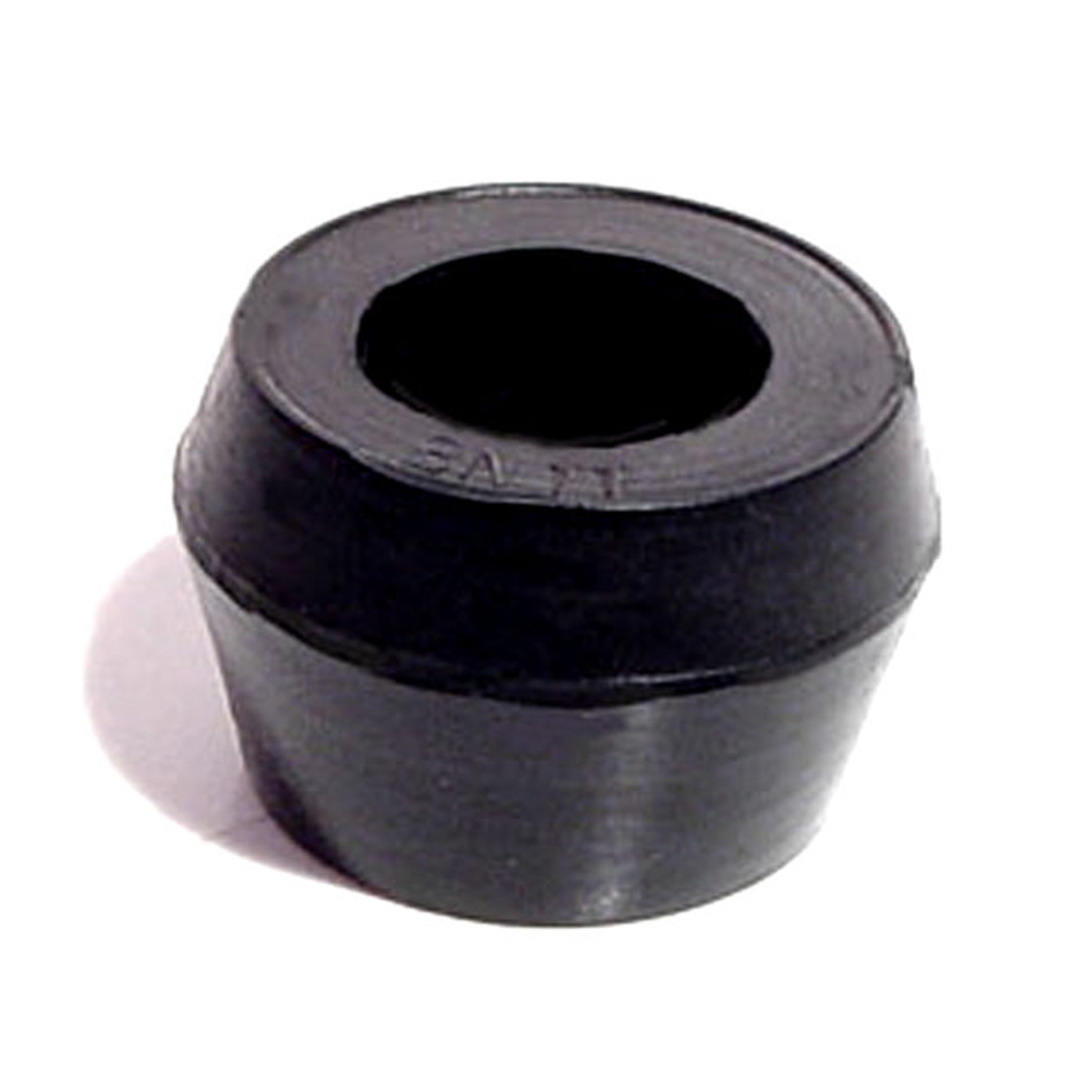 1956 Jeep Willys Shock Absorber Grommet. 1" bottom O.D-BN 11Shock Absorber Grommet. 1" bottom O.D., 3/4" high, with 5/8" I.D. Each
1956 Jeep Willys Shock Absorber Grommet. 1" bottom O.D-BN 11Shock Absorber Grommet. 1" bottom O.D., 3/4" high, with 5/8" I.D. Each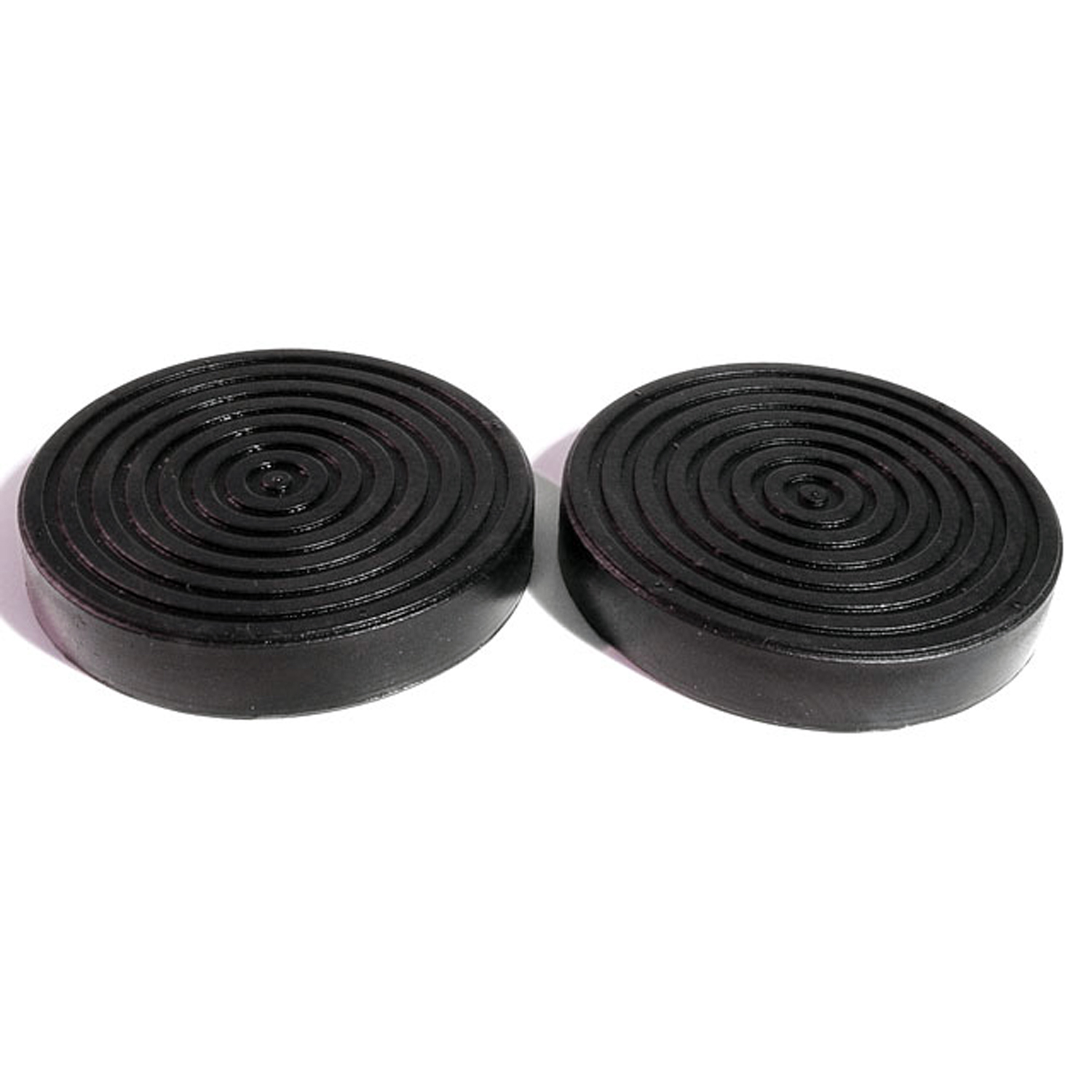 1956 Jeep Willys Clutch and Brake Pedal Pads. 3" Diameter. Pair-CB 61Clutch and Brake Pedal Pads. 3" Diameter. Pair
1956 Jeep Willys Clutch and Brake Pedal Pads. 3" Diameter. Pair-CB 61Clutch and Brake Pedal Pads. 3" Diameter. Pair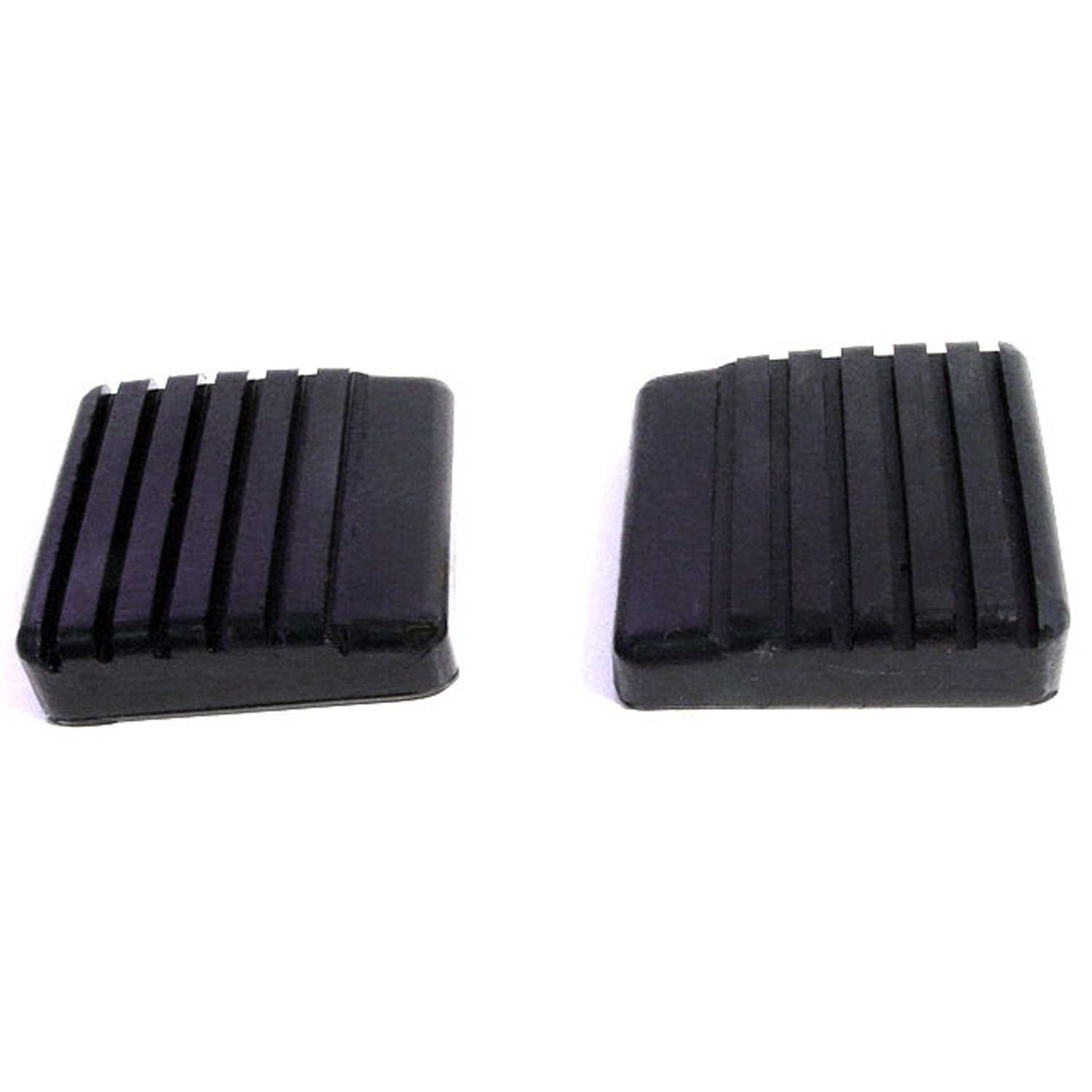 1956 Jeep Willys Clutch and Brake Pedal Pads. Pair-CB 61-BClutch and Brake Pedal Pads. Pair
1956 Jeep Willys Clutch and Brake Pedal Pads. Pair-CB 61-BClutch and Brake Pedal Pads. Pair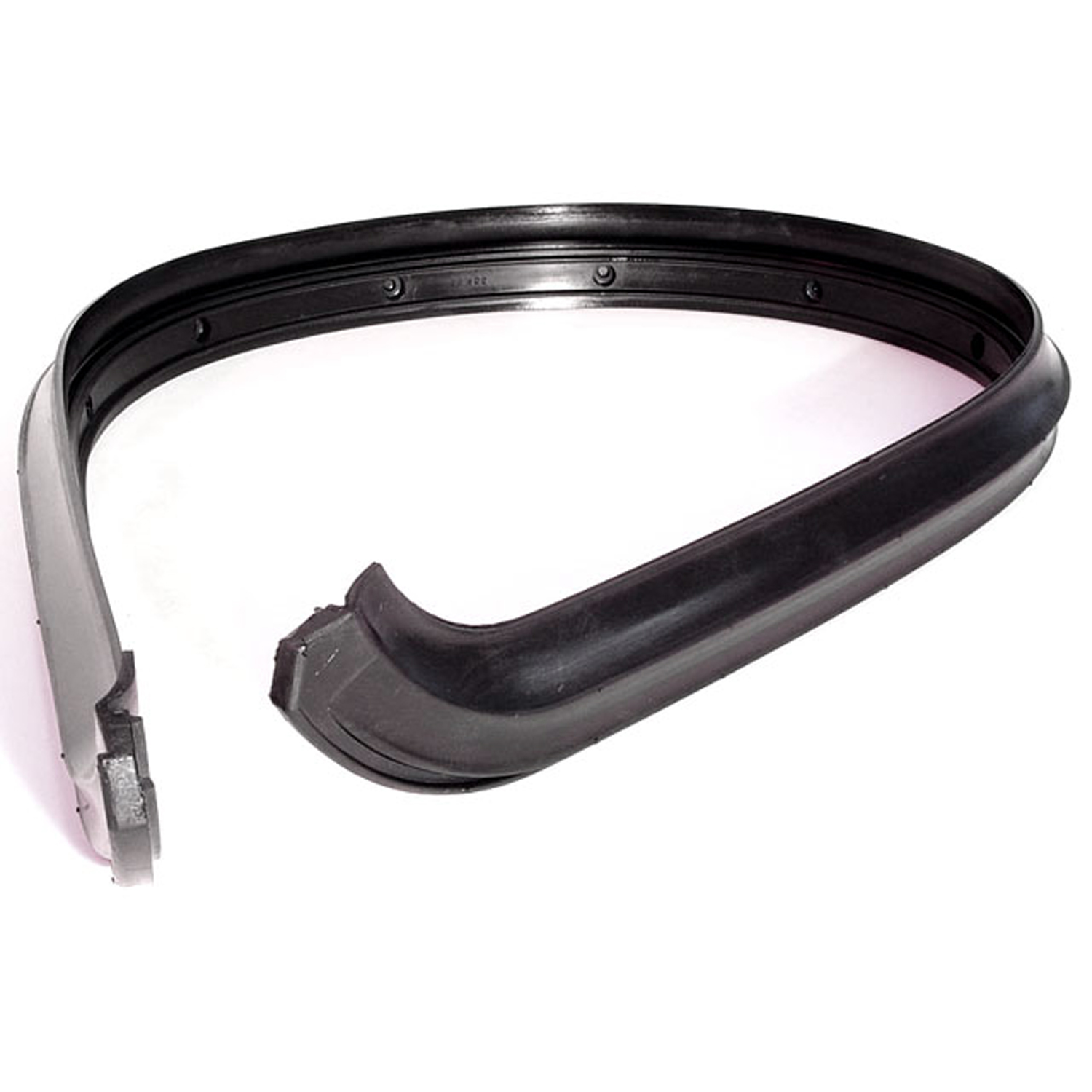 1956 Jeep Willys Windshield to Cowl Seal. 55-1/2" long. Each-CS 102Windshield to Cowl Seal. 55-1/2" long. Each
1956 Jeep Willys Windshield to Cowl Seal. 55-1/2" long. Each-CS 102Windshield to Cowl Seal. 55-1/2" long. Each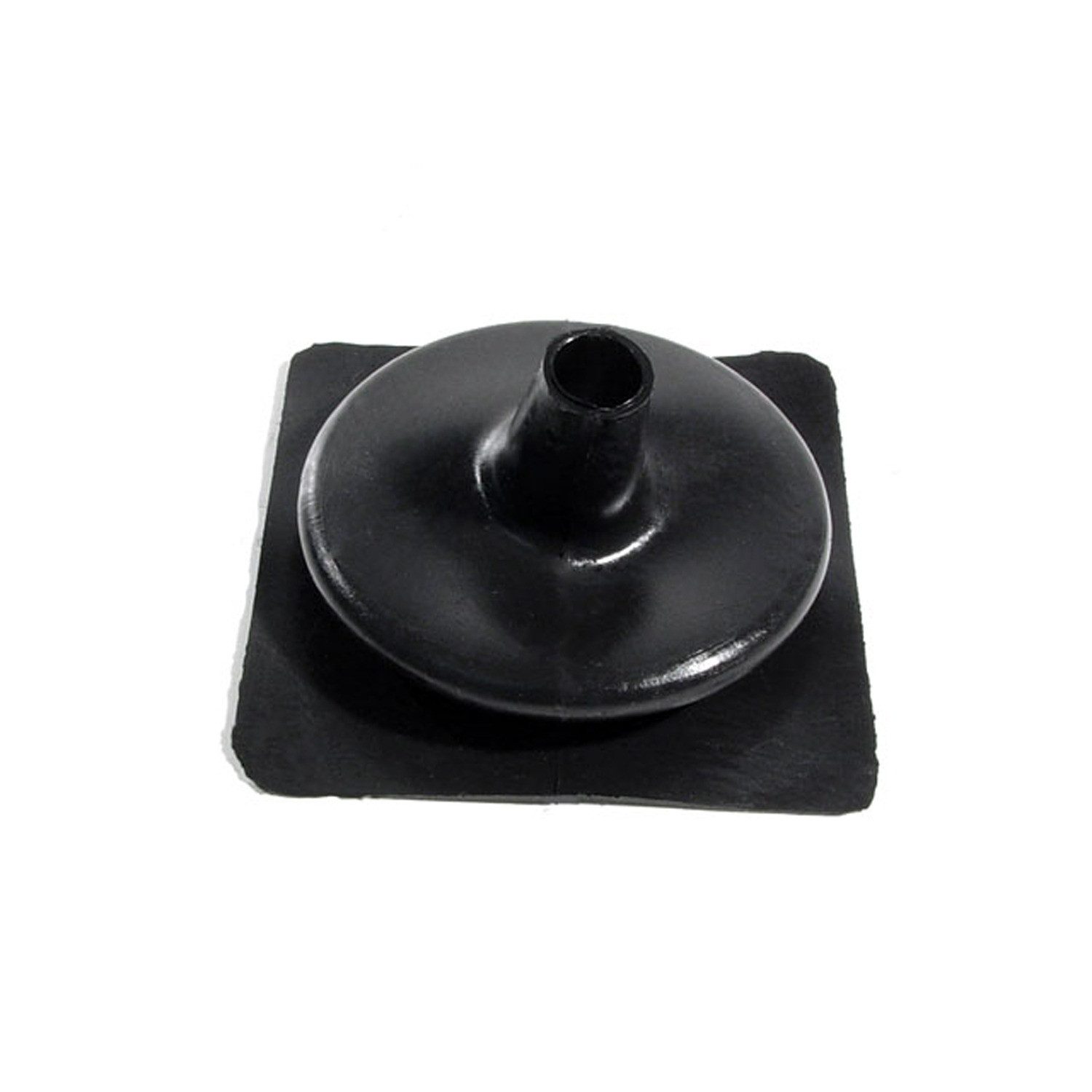 1956 Jeep Willys Dust Boot. For vehicles with power take off. Each-RP 34-JDust Boot. For vehicles with power take off. Each
1956 Jeep Willys Dust Boot. For vehicles with power take off. Each-RP 34-JDust Boot. For vehicles with power take off. Each 1956 Jeep Willys Horn Button Cap, 1-1/4" O.D. Each-RP 600-JHorn Button Cap, 1-1/4" O.D. Each
1956 Jeep Willys Horn Button Cap, 1-1/4" O.D. Each-RP 600-JHorn Button Cap, 1-1/4" O.D. EachWhy Choose Metro?
For over 100 years, Metro Moulded Parts has been the pinnacle of quality in classic car restoration parts. Our commitment to precision and authenticity in every component ensures a perfect fit and an OEM-level appearance.
- Expert Craftsmanship & Quality: Each part is a testament to our dedication to reliability and perfection, crafted from original designs and thoroughly tested.
- Advanced Technology: We use cutting-edge techniques to create flawless, long-lasting parts that surpass others in performance.
- SuperSoft Sponge – The Ultimate Door Seal: Not only are our door seals 30% softer than competitors', but they're also guaranteed to never leak. They effectively reduce wind and road noise, enhancing your classic car's comfort and driving experience.
- Proudly American: Our parts are a product of American craftsmanship, made in the USA with a spirit of excellence and heritage.
- Unrivaled Warranty: We back our products with a 30-year industry-leading warranty, a testament to our confidence in their quality.
Join us in preserving the legacy of classic cars with parts that are crafted for perfection, not just made.

